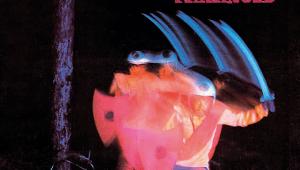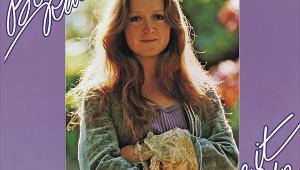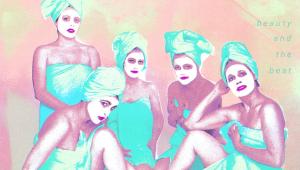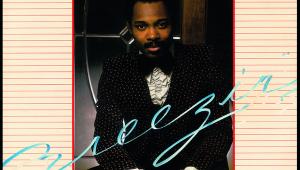Jesus & Mary Chain: Psychocandy Production Notes
John Loder, who ran Southern Studios in Wood Green, was more sympathetic to The Jesus And Mary Chain's ideas – after all, he'd recorded the anarcho-punk band Crass there – and encouraged them to experiment, rather than tell them what they couldn't do. After setting-up the mixing desk and levels he would leave the group to record everything themselves. They could buzz him over the studio intercom if they needed any help.
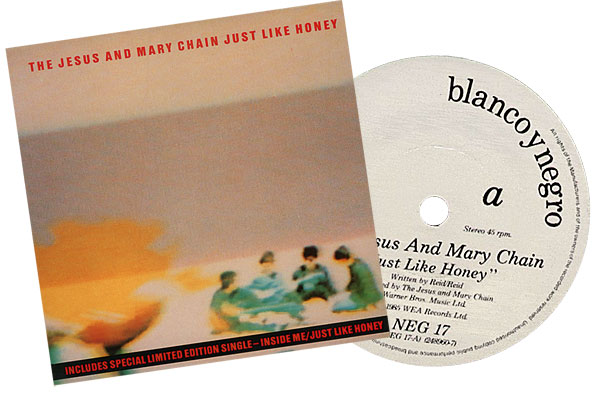
For these sessions they cut out drink and drugs completely and approached their task with what Jim Reid now describes as a 'professional attitude' – there were relatively few arguments between the brothers. It was also relatively cheap: the six-week recording stint cost £17,000 and so they could take their time.
Psychocandy's cavernous, rather distanced soundworld ran contrary to all the more clinical studio orthodoxies of the day and harked back more to the '60s, when it was all about microphone placement within a room. Guitar feedback, by its very nature, has to be created in a space and William Reid's Gretsch guitar was a semi-acoustic model, and so perfect for producing this effect in conjunction with a Fender Twin Reverb amplifier and a Shin-Ei 8-TR fuzz/wah pedal.
The studio was basic with no drum or vocal booths. The bass, drums and guitar were all recorded live with the vocals and extra guitars overdubbed. Jim Reid's vocals were the only element that was close- miked, with reverb and effects added afterwards. They also recorded separate tracks of guitar noise and feedback and carefully fed these into the mix for dynamic effect.
